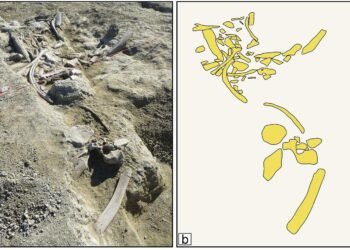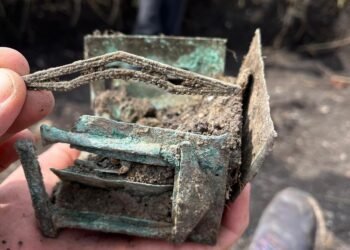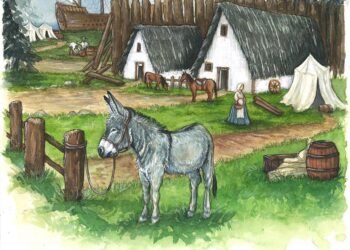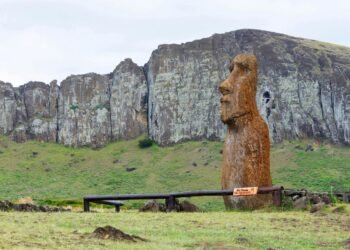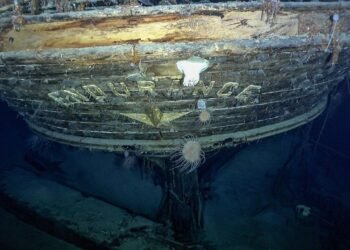According to a study published in Scientific Reports, a team of archaeologists has identified the Zagros Mountains as a likely area where interbreeding between Neanderthals and anatomically modern humans (AMHs) occurred during the Late Pleistocene.

This discovery, based on advanced ecological niche modeling and geographical information systems (GIS), offers new insights into where these two human species may have crossed paths, exchanged genes, and shaped the genetic makeup of modern populations.
While the genetic intermingling of Neanderthals and AMHs is well-documented, the exact locations where such interactions occurred have been unclear. However, this recent study, led by Saman Guran from the University of Cologne in Germany, points to the Zagros Mountains as a critical area. The researchers focused on a period known as Marine Isotope Stage 5 (MIS 5), which occurred between 120,000 and 80,000 years ago. Using climate and environmental data, the team reconstructed the possible ranges of Neanderthals and modern humans and identified overlapping areas where these species likely met.

The Zagros region, known for its steep cliffs and rich biodiversity, stood out as an ideal environment for both species. The area’s varied topography and warm climate would have made it an attractive habitat for Neanderthals, who were accustomed to the harsher, cooler climates of Europe. At the same time, it lay directly in the path of modern humans migrating out of Africa, making it a natural crossroads for the two species.
“The possibility of attracting different hominin groups in the Zagros Mountains is justified by the geographical conditions of this region,” the research team noted in the study. This area, they explained, sits at the border between the Palearctic and Afrotropical biogeographical zones, which likely facilitated the northward movement of modern humans and the southward dispersal of Neanderthals during climatic shifts in the Pleistocene.
Fossil evidence from the Zagros region further supports this theory. Shanidar Cave in the northern Zagros, for instance, has yielded the remains of ten Neanderthals, some of which were buried with flowers, indicating that Neanderthals may have had ritual burial practices. Similarly, the Wezmeh and Bisetun caves in Iran have revealed Neanderthal fossils, while a Neanderthal tooth discovered at the Bawa Yawan rock shelter provides crucial evidence that Neanderthals were present in the area at a time when interbreeding with AMHs could have taken place.

While physical evidence is often scarce, the team’s use of ecological niche modeling offers a novel approach to identifying potential interbreeding zones. By analyzing factors such as temperature, precipitation, and terrain, they were able to pinpoint the Zagros Mountains as a likely meeting ground. The models suggest that during periods of climatic shifts, this mountainous area became more favorable for both Neanderthals and modern humans, increasing the chances of interaction and, eventually, interbreeding.
The implications of this interbreeding are profound. Genetic studies have shown that Neanderthal DNA still exists in many people today, particularly those of non-African descent. This inherited DNA influences various traits, including immune responses and skin pigmentation, highlighting the enduring impact of these ancient encounters on modern human biology.



